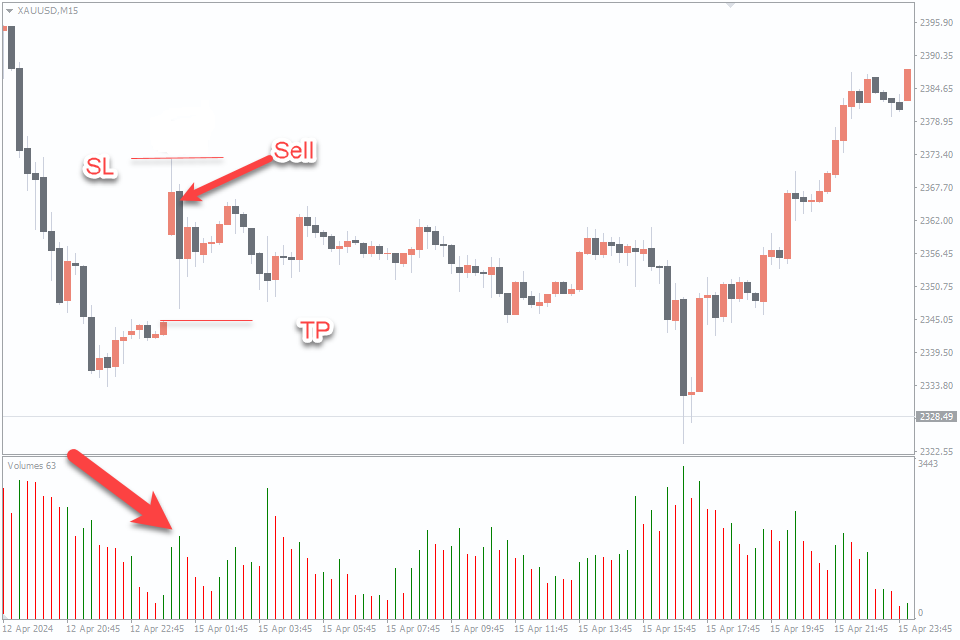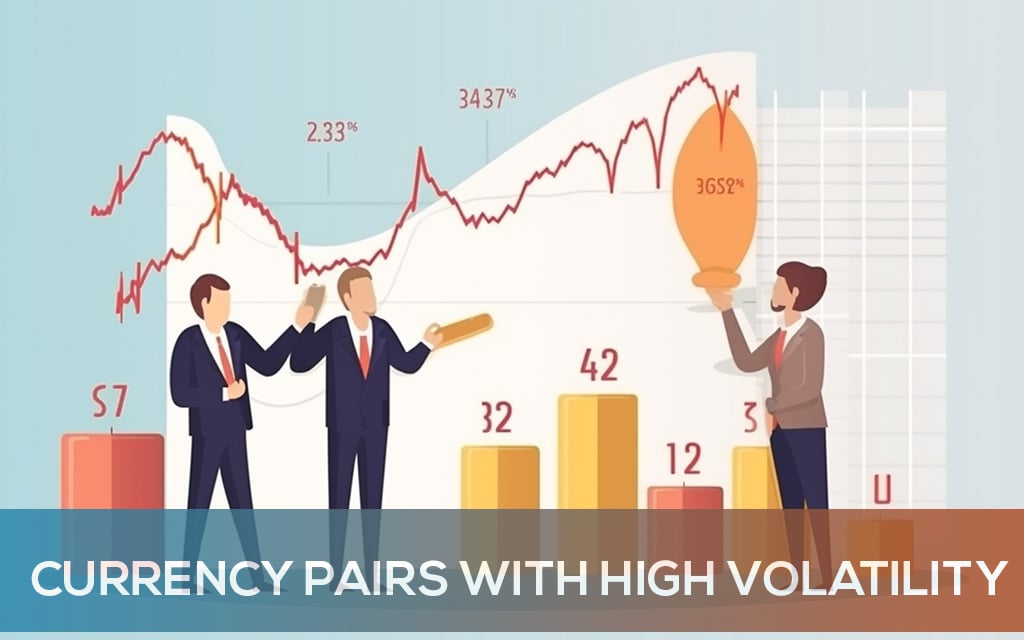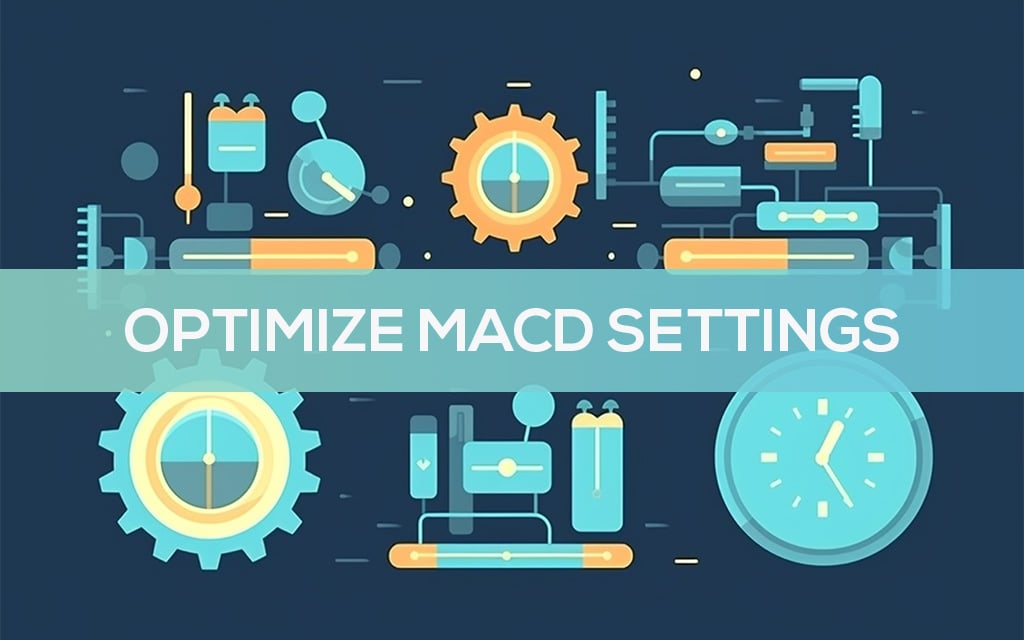Profit from the Pause – Advanced Gap Trading Strategies Uncovered
Gap trading, a strategy that capitalizes on price gaps occurring between consecutive trading sessions, is a popular technique among traders. These gaps occur when the market opens significantly higher or lower than the previous close due to overnight or weekend events. In this article, we’ll explore various gap trading strategies that traders employ to exploit these price differentials for profit.
What is Gap
A gap in trading is a phenomenon where a security’s price jumps between two consecutive trading sessions, creating a void on the price chart where no trading activity has taken place. This can occur in stocks, indices, forex currency pairs, and other financial markets, often as a result of significant news events, earnings reports, or changes in investor sentiment that occur while the market is closed. In gap trading strategies, these spaces are not mere anomalies; they are opportunities. Traders scrutinize these gaps for clues about market direction, momentum, and potential reversals. Recognizing the importance of gaps is crucial for traders, as they can represent moments of market imbalance where the potential for profit—and risk—is heightened. By understanding and anticipating the behavior that follows a gap, traders can develop strategies to exploit these occurrences for potential financial gain.
What is Gap Trading
Gap trading is a strategic approach that capitalizes on the price gaps that appear on a chart when an asset’s price sharply rises or falls, with no trading occurring in the interim. These gaps are typically identified after a market has closed and reopened, and they can be indicative of a strong shift in market sentiment. In the realm of financial markets, gap trading is significant because it can signal the start of a new trend, the acceleration of an existing trend, or the exhaustion of the current trend. Traders can exploit these gaps by developing strategies aimed at predicting whether the gap will close (price returns to pre-gap levels) or continue to widen, which is often influenced by factors such as company news, macroeconomic events, or sudden changes in investor behavior.
The market conditions leading to gap formations often involve rapid shifts in investor perception or real-world events that significantly affect supply and demand. For example, a company’s stock might gap up after a positive earnings surprise, or gap down following the announcement of regulatory issues. In the forex market, gaps are less common but can occur over the weekend when the market is closed, and they often result from geopolitical uncertainty or unexpected economic news. Traders keep an eye on these formations as they can offer profitable trading opportunities when approached with the right strategies.
Gap Types in Trading
- Common Gaps: These are gaps that occur without any major economic events or news and are typically filled quickly. They don’t generally indicate a market trend.
- Breakaway Gaps: These occur at the end of a price pattern and signal the beginning of a new trend. They are often accompanied by high trading volume.
- Runaway Gaps (also known as Continuation Gaps): These suggest a trend is picking up momentum and occur in the middle of a market move.
- Exhaustion Gaps: These appear near the end of a trend and signal that the trend is coming to a close and may reverse soon.
Identifying Tradeable Gaps
To identify tradeable gaps, traders should consider several key factors that signal the potential for a profitable opportunity:
- Volume: Look for gaps accompanied by higher-than-average trading volume. This often indicates strong interest from the market and can validate the significance of the gap.
- Context: Analyze the market conditions that preceded the gap. Gaps that occur after a period of consolidation or at the end of a price pattern may be more significant.
- News and Events: Check for any relevant news or economic events that could have triggered the gap. Significant announcements or data releases can lead to sustainable price moves.
- Support and Resistance Levels: Observe whether the gap has surpassed key levels of support or resistance, as this can indicate a stronger move and a potential new trend.
- Price Patterns: Incorporate chart patterns and technical analysis to assess whether the gap is part of a larger pattern, like a breakaway gap at the end of a consolidation phase.
- Historical Performance: Review the asset’s history to see how it has reacted to gaps in the past. Some assets have a tendency to fill gaps more often than others.
- Type of Gap: Determine the type of gap – whether it’s a common, breakaway, runaway, or exhaustion gap. Each type has different implications for future price action.
Gap Fill Trading Strategy
The Gap Fill Strategy is a popular approach among traders who capitalize on the common market behavior where a price gap is eventually “filled.” In essence, this strategy is based on the premise that after a financial instrument experiences a gap, the price will often retrace to its original level before the gap occurred.

Here’s how to implement the Gap Fill Strategy:
- Gap Identification: Firstly, identify a clear gap on the price chart. This involves recognizing a significant price jump between two trading periods with no trading activity in the gap area.
- Assessing Probability: Evaluate the likelihood of the gap being filled. Factors such as the gap’s size, the trading volume at the time of the gap, and the market conditions can influence this assessment.
- Trade Entry: If the probability is high, enter a trade in the direction that would fill the gap. For an upward gap, you would take a short position; for a downward gap, a long position.
- Setting Targets: Determine a profit target at or near the pre-gap price level. This is where you expect the price to return to fill the gap.
- Volume Confirmation: Confirm the trade with volume analysis; a decreasing volume after a gap indicates a higher chance of the gap being filled.
- Stop-Loss Orders: Set a stop-loss order beyond the gap’s extreme to mitigate risk in case the gap signifies a stronger trend in the opposite direction.
- Monitoring Price Action: Keep an eye on subsequent price action. If the price starts to move away from the gap without signs of retracing, be prepared to exit the trade to limit losses.
- Time Frame Consideration: Pay attention to the time frame; gaps on longer time frames, like daily charts, tend to have a higher probability of being filled than those on shorter time frames.
Continuation Gap Trading Strategy
Continuation gaps, also known as runaway gaps, are formed within the context of a prevailing trend and signal that the trend is likely to continue with increased momentum. Trading continuation gaps involves identifying these gaps as they occur and taking positions in the direction of the trend.

Here are strategies for trading continuation gaps:
- Trend Confirmation: Before considering a trade, confirm that the market is in a clear trend. Continuation gaps rarely occur in sideways markets and are more reliable when they align with an established trend.
- Volume Analysis: Look for a spike in volume during the gap as this can indicate strong market conviction in the trend’s direction. A continuation gap with high volume is more likely to result in a sustained move.
- Gap Size: Evaluate the size of the gap. A larger gap may suggest a stronger market sentiment and a higher probability that the trend will persist.
- Entry Points: Enter a trade in the direction of the gap soon after it occurs, but be cautious of entering too late, as the most significant price move may have already happened.
- Stop-Loss Orders: Place a stop-loss order just past the opposite side of the gap to protect against the possibility of the trend reversing and the gap being filled instead.
- Profit Targets: Set profit targets based on key resistance levels (for an uptrend) or support levels (for a downtrend) or use a trailing stop to maximize gains as the trend continues. Stick to your risk-reward ratio.
- Post-Gap Price Action: Monitor the price action after the gap. A continuation of strong directional movement supports the validity of the gap as a continuation signal.
- Fundamental Factors: Consider any fundamental factors that might have caused the gap, such as news or economic data, to assess the likelihood of the price trend continuation.
Breakaway Gap Trading Strategy
The Breakaway Gap Strategy is a tactical approach used by traders to take advantage of significant price gaps that signal the beginning of a new trend. Breakaway gaps typically occur after a price pattern completes or when a price breaks out of a consolidation area, often accompanied by high trading volume.

Here’s a breakdown of the Breakaway Gap Strategy:
- Pattern Recognition: Identify potential breakaway gaps by looking for price gaps that occur after a prolonged consolidation period or at the completion of a price pattern, such as a triangle or range.
- Volume Verification: Confirm the validity of the breakaway gap with a substantial increase in volume, which suggests a strong market consensus behind the move.
- Entry Point: Enter a trade in the direction of the gap shortly after it occurs. The ideal entry point is soon after the gap forms but with enough confirmation that it is not a common gap likely to be filled.
- Support and Resistance: For breakaway gaps, previous resistance levels become support in an upward gap (bullish scenario), and previous support levels become resistance in a downward gap (bearish scenario).
- Stop-Loss Placement: Set a stop-loss order just before the gap area. If the price returns to fill the gap, it may invalidate the breakaway signal.
- Profit Targets: Establish profit targets based on historical price levels, projected price movements using the height of the pattern preceding the gap, or other technical indicators.
- Monitoring Momentum: After entering the trade, monitor the price momentum. Continuation of strong movement in the direction of the gap further confirms the breakaway.
- Fundamental Correlation: Align the technical observation with any fundamental news or events that might have triggered the gap, strengthening the case for a new trend.
Exhaustion Gap Trading Strategy
The Exhaustion Gap Strategy involves identifying gaps that signal the end of a prevailing trend and the possibility of a trend reversal. Exhaustion gaps typically occur after a rapid and significant price movement, indicating that the trend may have run its course and that the market is losing momentum.

Here’s how traders can implement the Exhaustion Gap Strategy:
- Trend Analysis: Look for exhaustion gaps at the end of an extended trend, where the price has moved sharply in one direction over a short period.
- Gap Characteristics: Identify an exhaustion gap by a gap in price accompanied by high volume, which then diminishes quickly, suggesting a waning interest in the prevailing trend.
- Confirmation Signals: Seek additional confirmation through indicators such as RSI or MACD, which may show divergence—where the price makes a new high or low, but the indicator does not, suggesting weakening momentum.
- Entry Point: Consider entering a trade in the direction opposite to the gap after additional confirmation signals are present. If the gap is upward, look for signs to go short; if downward, consider a long position.
- Volume and Price Action: Monitor the volume following the gap. A decrease in volume and slowing price action can reinforce the likelihood of trend exhaustion.
- Stop-Loss Orders: Place stop-loss orders just beyond the extreme of the gap to protect against the possibility that the gap is not an exhaustion gap and the trend may resume.
- Profit Targets: Set conservative profit targets, as exhaustion gaps can sometimes lead to choppy and uncertain price movements. Use previous support and resistance lines or zones to guide these targets.
- Time Frame Consideration: Pay attention to longer time frames such as daily or weekly charts, as exhaustion gaps may be more significant and reliable on these charts.
Technical Indicators and Gap Trading
Incorporating technical indicators with gap analysis can provide traders with a more comprehensive approach to interpreting and acting upon gap occurrences. Moving averages, the Relative Strength Index (RSI), and the Moving Average Convergence Divergence (MACD) are among the most effective tools for this purpose at your metatrader trading platform.
- Moving Averages: These can help traders identify the overall trend and potential support or resistance levels. When a gap occurs, traders can look at the relationship between the price and various moving averages. If a gap persists above a moving average in an uptrend, it may indicate a continuation. Conversely, if the price gaps but then falls below a key moving average, it could suggest the potential for a gap to close.
- Relative Strength Index (RSI): This momentum oscillator measures the speed and change of price movements. An RSI reading can provide insights into whether an asset is overbought or oversold. After a gap, an overbought RSI might suggest a potential reversal and gap closure, while an oversold RSI during a downward gap could indicate the possibility of a continuation.
- Moving Average Convergence Divergence (MACD): This trend-following momentum indicator shows the relationship between two moving averages of a security’s price. The MACD can signal the strength and direction of a trend. Following a gap, if the MACD continues to diverge in the direction of the gap, it may confirm a continuation. If the MACD starts to converge or shows divergence opposite to the trend after the gap, it could be an early sign of a potential gap fill.
By combining gap analysis with these trading software, traders can gain a better understanding of market dynamics and enhance their decision-making process. For instance, if a gap occurs and all three indicators support a continuation of the trend, the trader may have more confidence in pursuing a strategy aligned with the gap’s direction. Similarly, if the indicators suggest weakening momentum or overbought/oversold conditions, the trader might prepare for a possible gap closure and set up trades accordingly. It’s important to remember that while technical indicators can provide valuable information, they should be used as part of a broader analysis that includes other factors such as volume, market conditions, and economic calendar.
Risk Management in Gap Trading Strategies
Effective risk management is the cornerstone of successful gap trading strategies. Traders must set clear stop-loss orders to safeguard against unforeseen reversals that can occur after a gap. It’s crucial to determine the appropriate position size for each trade, taking into account the volatility that gaps can introduce to the market. Additionally, traders should continuously monitor open positions, ready to adjust stop-loss levels and take profits as needed. By employing these prudent money management practices, traders can preserve capital while pursuing the opportunities presented by gap trading, ensuring longevity and stability in their trading endeavors.
Conclusion
To encapsulate, adeptly navigating the intricacies of gap trading strategies stands as a formidable edge for astute market participants, eager to harness the erratic yet opportune movements that gaps present. The strategic exploitation of gap fill dynamics, the momentum-chasing continuation gaps, or the trend-reversing signals from exhaustion gaps, each requires a keen sense of market rhythm and a meticulous approach. Augmenting gap observations with the analytical prowess of technical indicators—such as the trend-illuminating moving averages, the momentum-measuring RSI, and the trend-confirming MACD—equips traders with a fortified decision-making arsenal. It is imperative, however, for traders to weigh the confluence of trade volume, prevailing market sentiments, and overarching economic indicators in the calculus of gap analysis. Embracing a regime of stringent risk management and disciplined trading conduct is the linchpin in transforming the potential of gap trading into realized, tangible market triumphs. By synthesizing these multifaceted components, traders can elevate their proficiency in pinpointing and executing on the most promising gap trading prospects, thereby optimizing their market engagement for enhanced financial outcomes.

























Leave a Reply